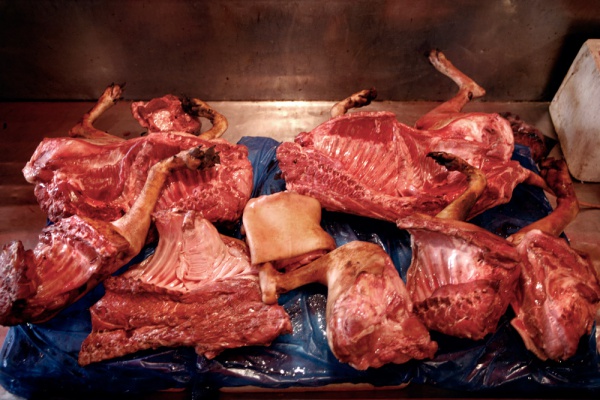Facts About Dog meat consumption in South Korea
Eating dog meat in South Korea, often referred to as "Gaegogi" has historical roots dating back to the Three Kingdoms period in the first century AD. Today, however, it is a contentious issue both within the country and globally, primarily due to concerns about animal rights and hygiene. While it was once more common, particularly among the lower classes, the consumption of dog meat has significantly declined in modern South Korea.
Efforts to curb the dog meat trade have seen substantial progress, with major slaughterhouses and markets dealing in dog meat being shut down. The legal landscape around this issue is complex—although there are laws against cruel killing methods, there is no explicit ban on slaughtering dogs for food. This ambiguity has led to considerable debate and varying interpretations of the law.
Various dog breeds, including former pets, are raised for meat in South Korea. Some of these dogs originate from puppy mills. The methods used to slaughter these dogs—such as electrocution, hanging, or beating—raise serious concerns about animal welfare and sanitation. These practices have drawn significant international attention and criticism, with many animal rights groups and individuals campaigning against them.
The debate over dog meat in South Korea is highly polarized. Some view it as a cultural tradition with purported health benefits, while others see it as cruel and unnecessary. Activists, both within South Korea and internationally, are advocating for a ban on dog meat consumption, emphasizing instances of inhumane treatment within the trade. This issue has led to legal actions and various campaigns aimed at raising awareness and promoting change.

 North Korea
North Korea